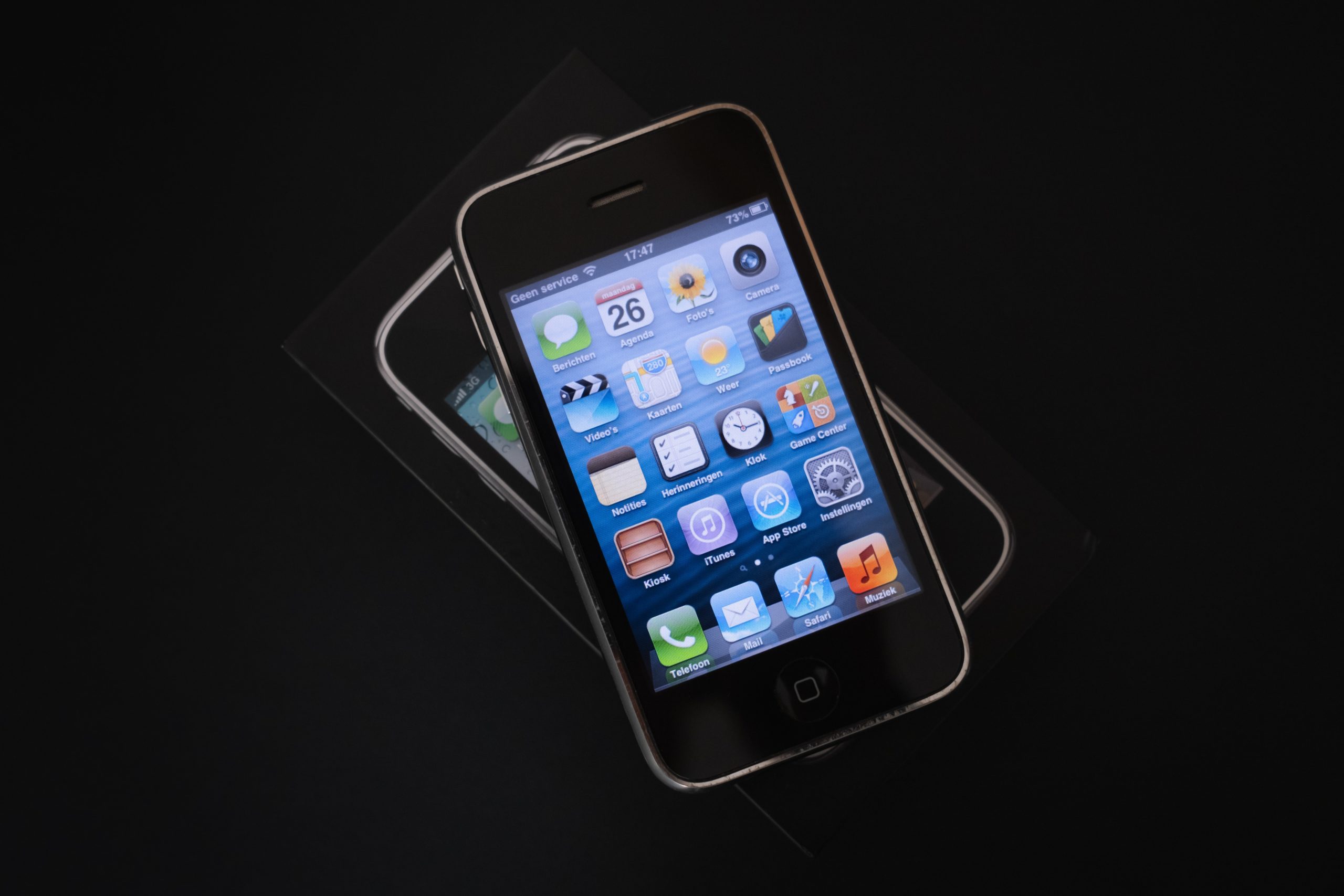
Apple’s iPhone celebrated its 15th birthday this week (if that doesn’t make you feel old, I don’t know what will). Since its launch, the iPhone has been through 33 different models and Apple’s market capitalization has risen from $174 billion to $3 trillion.
In addition to making Apple shareholders much better off, the iPhone is also responsible for reinventing an entire industry– fintech. While fintech did indeed exist before smartphones and app stores, it was quite basic. As an example, check out Jim Bruene’s 2006 post titled, SMS Banking: Will it Work in the United States?.
Without the invention of the iPhone, smartphones would likely be around today– Blackberry and Palm Pilot would have gotten us here eventually. However, they probably wouldn’t have advanced as quickly as Apple did, and therefore wouldn’t have upended so many industries so quickly. So in celebration of the iPhone’s 15th birthday, here’s a look at how the big idea behind the small, rectangular device reinvented fintech to become what we know today.
Always on
Most people carry their phone on their person (or at least within arm’s reach) at all times. According to a 2021 study of smartphone usage statistics, 79% of users have their phone with them at least 22 hours each day, 22% of users check their phone every few minutes, and 51% of users look at it a few times per hour. These devices (and the information that they carry) have essentially become an extension of ourselves.
When your customers have their device nearby for all but two hours of each day, it not only gives them access to interact with your company and brand, it also offers you access to interact with them. Compare this to pre-iPhone era. Customers were only interacting with you when they were physically in a branch location, opening a piece of direct mail, or using their PC. Today, when a nagging thought comes up about their budget or investment information, they no longer have to jot it down to remember to look it up later. Instead, they can simply open an app on their phone to get their answer.
Push notifications
According to the study referenced above, the average smartphone user has 63 interactions with their phone each day. Some of those interactions are thanks to the user receiving alerts or push notifications, which Apple launched in 2009.
When used properly, push notifications can be a powerful tool to prompt users to take important action. Others are useful for simply promoting brand awareness. With the advent of the iPhone and push notifications, reminding customers that you still exist became much easier.
From SMS to GUI
Simply put, the iPhone helped take banks’ and fintechs’ digital customer interactions outside of strictly texting and email. The graphical user interface behind phone’s screen brought a new world to the user’s fingertips. Users were no longer limited to checking their balance or making simple transfers. Mobile apps opened up capabilities to do anything they could do online and (in many cases) in person in a bank branch.
Independent developers increasing competition
When you think of the expertise and capital required to start a bank vs. the requirements to launch a fintech, there are gaping differences. Thanks to an increasingly large talent pool of developers, anyone with a viable fintech product or service has the ability to compete with traditional banks by launching their own app in the app store.
Increased competition from fintechs has been overall healthy for the financial services industry and has made end consumers better off. When customers are unable to find a product they like or even when they have been rejected by a traditional bank, fintechs have consistently proven to meet their needs.
Authentication
Apple launched Touch ID in 2013 and in 2014 it was made available for third party apps to authenticate users. More recently, the company launched Face ID in 2017 to facilitate authentication. While fingerprint and facial recognition technology pre-dates the iPhone, it didn’t come on a pocket-sized device that consumers carry around with them.
Having biometric authentication technology available to verify the identity of users each of the 63 times they open their phone each day has made every day tasks safer for banks, fintechs, and users.
Photo by Jonas Vandermeiren on Unsplash
The post iPhone Turns 15. Here are 5 Ways it Helped Reinvent Fintech appeared first on Finovate.